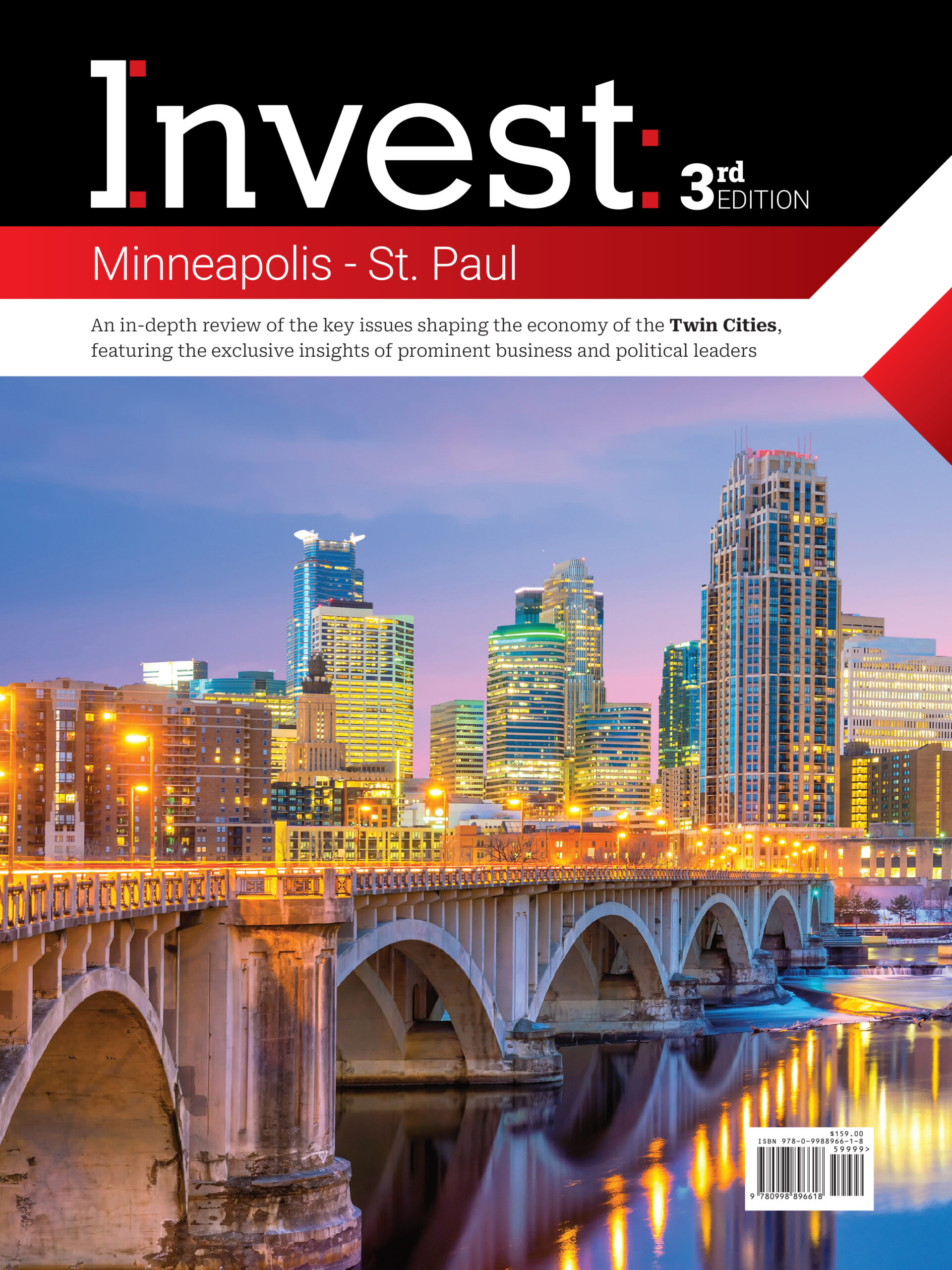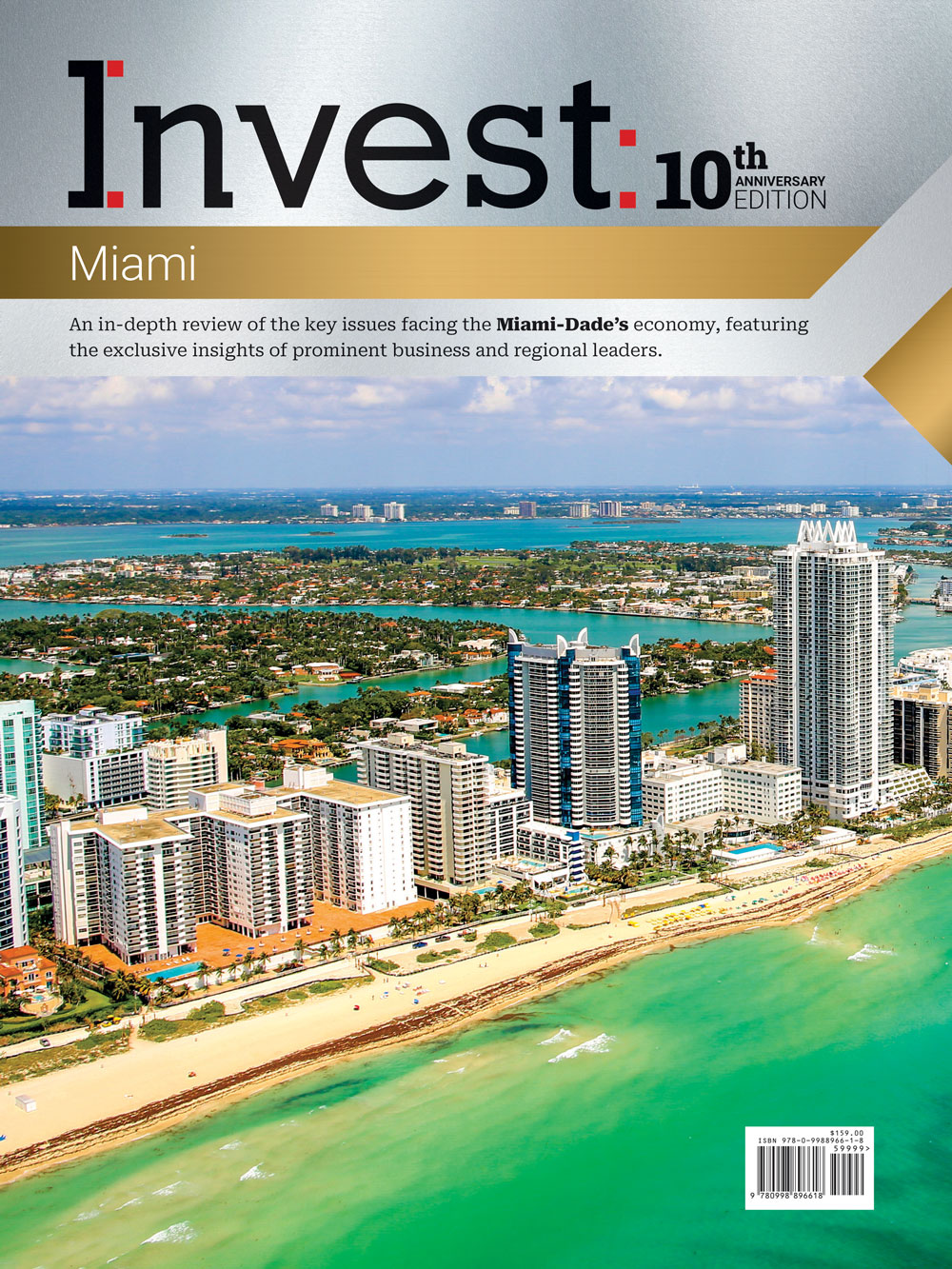Pennsylvania charts new path for outdoor recreation
Writer: Ryan Gandolfo
 September 2023 — Virtually every U.S. state uses their outdoor attractions to appeal to residents and businesses from a quality of life perspective – and Pennsylvania is no different. With Gov. Josh Shapiro recently launching the Office of Outdoor Recreation along with a $112 million investment in parks and forests from the state budget, the Keystone State is pooling more resources for outdoor staples like Valley Forge National Historical Park and Great Allegheny Passage (GAP).
September 2023 — Virtually every U.S. state uses their outdoor attractions to appeal to residents and businesses from a quality of life perspective – and Pennsylvania is no different. With Gov. Josh Shapiro recently launching the Office of Outdoor Recreation along with a $112 million investment in parks and forests from the state budget, the Keystone State is pooling more resources for outdoor staples like Valley Forge National Historical Park and Great Allegheny Passage (GAP).
Department of Conservation and Natural Resources (DCNR) Secretary Cindy Adams Dunn described the announcement as the administration’s “tremendous down payment on our ability to improve visitor experiences at our state parks and forests” in a press release. The investment also cements Pennsylvania as the largest state, by economy and population, with an office of outdoor recreation, according to the DCNR.
The office’s main focus will be to grow the outdoor sector, which contributes $14 billion to the state economy and accounts for 152,000 jobs. Pennsylvania will have its hands full with a $1.4 billion backlog of infrastructure work needed to deliver greater visitor experiences.
But beyond those utilizing the parks and trails across the state, the case for outdoor recreation investment can be made through economic output generated in local towns and businesses via more foot traffic. “Investments in the trail have created so many new opportunities for this city, and not just for outdoor recreation. The economic development brought by the trail now extends to new medical centers and new homes being built – the trail is transforming us,” said Connellsville Mayor Greg Lincoln, in the same release, highlighting the revitalization efforts from the direct impact of the 150-mile GAP trail.
Economies like that in Southwest PA historically have relied on industries related to natural resources but as demand shifted away, so did the economic activity. This has led to a more recent rise in trail-oriented development (TrOD), nature’s equivalent to transit-oriented development (TOD). According to the National Association of Realtors, living near trails or greenways could increase your property value by an average of 3-5%. The most recent annual report on the GAP trail estimated tourism along the trail drove more than $121 million in economic impact and supported 1,400 jobs.
The Bureau of Economic Analysis (BEA) provides yearly statistics on the economic impact of outdoor recreation, which covers everything from hiking and boating to outdoor concerts and construction, with Pennsylvania’s outdoor recreation accounting for 1.6% of state GDP in 2021. The state ranks slightly higher than eastern neighbors New York (1.3%) and New Jersey (1.5%) and just below Ohio (1.7%) in the west. Outdoor recreation accounts for 1.9% ($454 billion) of U.S. GDP.
With investments to improve park infrastructure and more, the Commonwealth should expect to see outdoor recreation take on a larger portion of total economic activity over the rest of the decade.
Top image provided by Visit Pittsburgh













